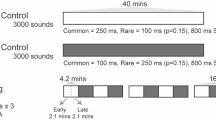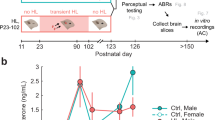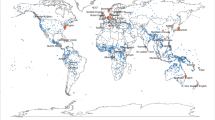Abstract
There is converging evidence for fetal retention of auditory experience into early postnatal life, but critical tests with appropriate controls are rare due to methodological hurdles. Research has been conducted on newborn response to naturally occurring stimuli such as heartbeats, intrauterine recordings, pre- and postnatal versions of the maternal voice, father's voice, and unfamiliar voices. Postnatal experience cannot be ruled out as a possible explanation for many results. Only one critical prenatal exposure experiment with postnatal testing has been carried out and published in a peer-reviewed scientific journal. Interpretation of acoustic and linguistic information on intrauterine recordings suggests that the prosodic features of speech (pitch contours, rhythm, and stress) are available to the fetus. This is compatible with newborn responses and may contribute to language acquisition during the first year. There is no sound evidence that providing extra prenatal auditory stimulation benefits the developing child, and there are potential risks.
This is a preview of subscription content, access via your institution
Access options
Subscribe to this journal
Receive 12 print issues and online access
$259.00 per year
only $21.58 per issue
Buy this article
- Purchase on Springer Link
- Instant access to full article PDF
Prices may be subject to local taxes which are calculated during checkout
Similar content being viewed by others
Author information
Authors and Affiliations
Rights and permissions
About this article
Cite this article
Moon, C., Fifer, W. Evidence of Transnatal Auditory Learning. J Perinatol 20 (Suppl 1), S37–S44 (2000). https://doi.org/10.1038/sj.jp.7200448
Published:
Issue Date:
DOI: https://doi.org/10.1038/sj.jp.7200448
This article is cited by
-
Early vocal contact and music in the NICU: new insights into preventive interventions
Pediatric Research (2020)
-
Randomized controlled trial protocol to improve multisensory neural processing, language and motor outcomes in preterm infants
BMC Pediatrics (2019)
-
Is Less Noise, Light and Parental/Caregiver Stress in the Neonatal Intensive Care Unit Better for Neonates?
Indian Pediatrics (2018)
-
Postnatal auditory preferences in piglets differ according to maternal emotional experience with the same sounds during gestation
Scientific Reports (2016)



